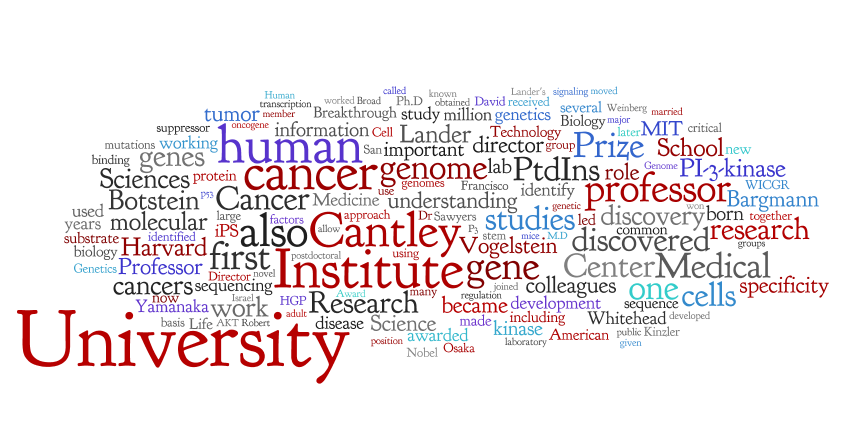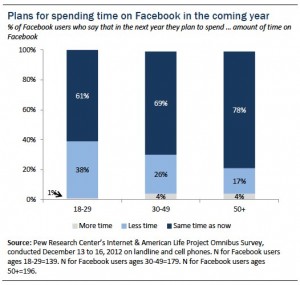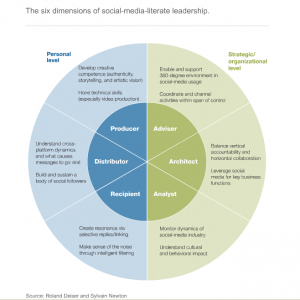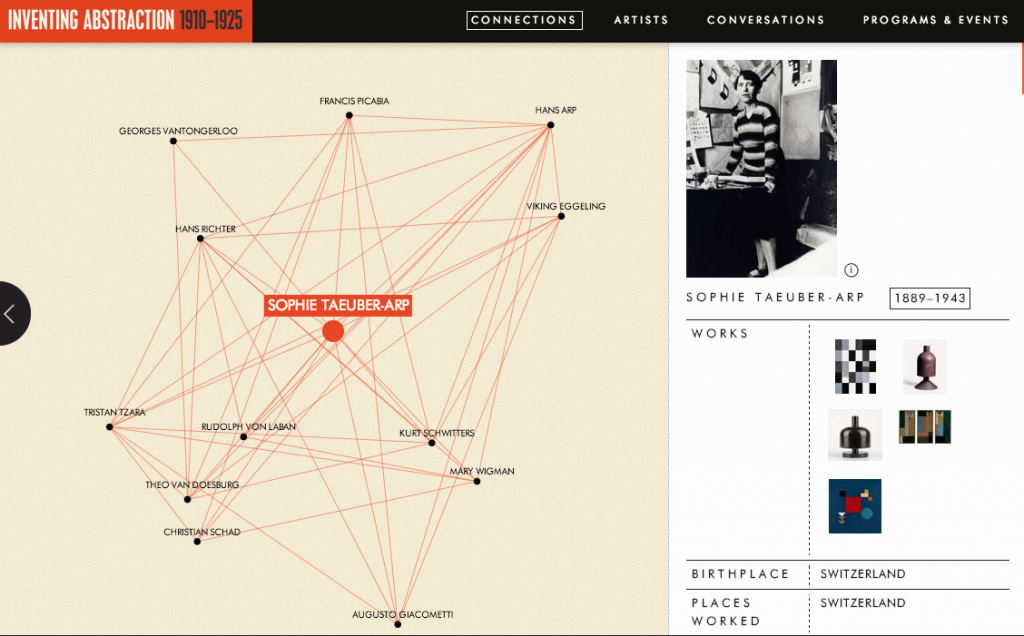 The term “attention economy” has been bandied around just about as long as the commercial internet — I found this Wired piece referring to attention as the new currency dating back to 1996.
The term “attention economy” has been bandied around just about as long as the commercial internet — I found this Wired piece referring to attention as the new currency dating back to 1996.
Last week, three separate events illustrated ways that products are trying not only to compete with each other for existing time, but also to create and capture new time for media consumption.
The first of these was the launch of Guide, Leslie Bradshaw and Freddie Laker’s news venture with a twist. Guide turns online news, blogs, and social media into video that you can watch anytime, anywhere. It’s reminiscent of Qwiki (before its recent pivot), but acts more as a customizable aggregator. I use Google Reader to aggregate news sources, but am keenly aware that I am always behind (847 unread at last glance) on my reading. What if all those RSS feeds could be read to me while I’m commuting?
The second event was Chris Hughes’ talk at Harvard’s Shorenstein Center about his digital evolution of the New Republic. He spoke to a digital strategy addressing the usual suspects: mobile, social, and analytics (with Chartbeat shoutout). The consistent theme was meeting users where they are — and using new means (fancy cross syncing, complete audio tracks of content) to make the news readily accessible to them.
Finally, Twitter’s acquisition of Bluefin Labs speaks to the rise of social TV, and the strong desire to understand and manage second screen time. According to Nielsen, 85% of mobile owners use their tablet or smartphone while watching TV at least once per month, and 40% do so daily. All those people tweeting through presidential debates and Game of Thrones episodes represent a new behavior — previously untapped time.
We’re nearly two decades into the so-called attention economy. As products vie for our increasingly limited attention — is “share of watch” the new “share of wallet?”– we’ll see more innovative approaches to create, understand, and capture media consumption time.






